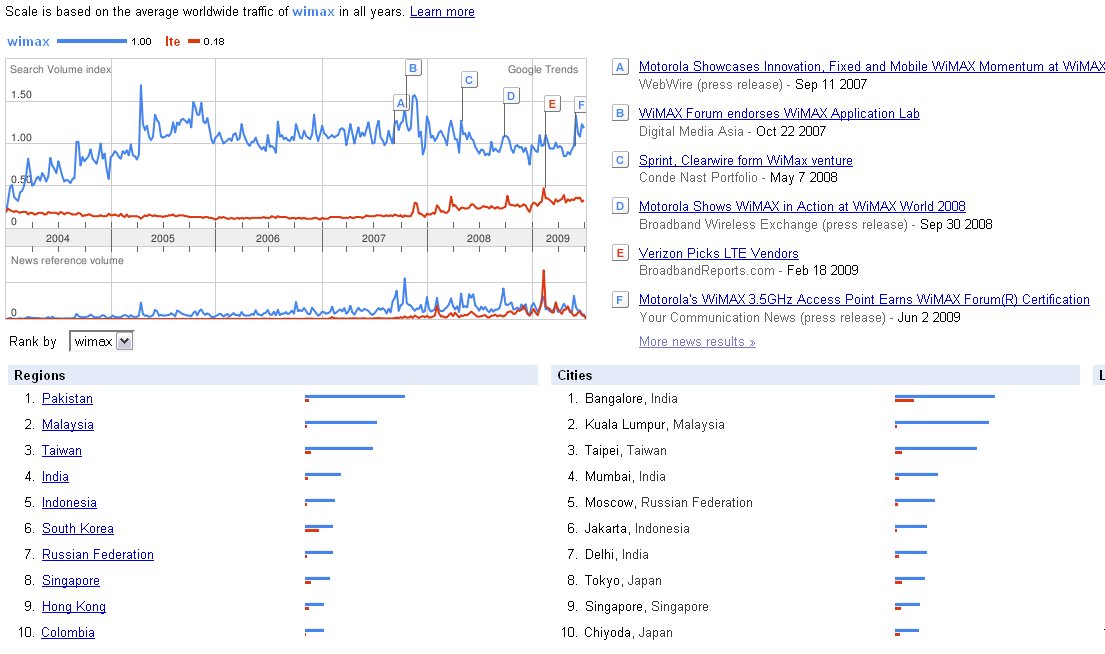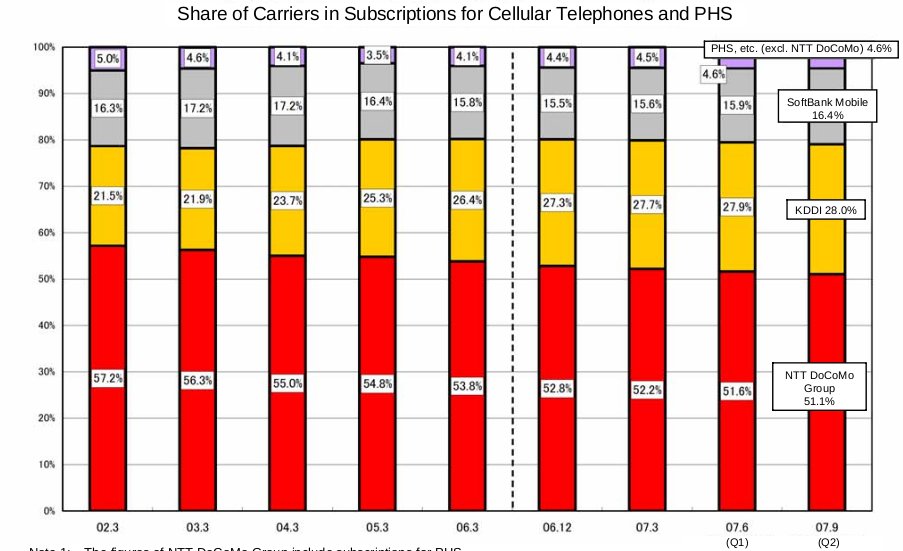Update: It seems that I passed the 7GB limit which made softbank throttle my access. FIRST time it happened to me. I was sure I had unlimited access. Guess who is going to switch service provide when he can ?
I am using Softbank Ultra Wifi 4G for over a year with no problem, but I feel it behaves quite bad recently.
I can hardly connect my outlook to the exchange , having problems accessing the web in locations it used to work.
Is it Yosemite or Softbank problem ?
(iPhone 6 effect?)






